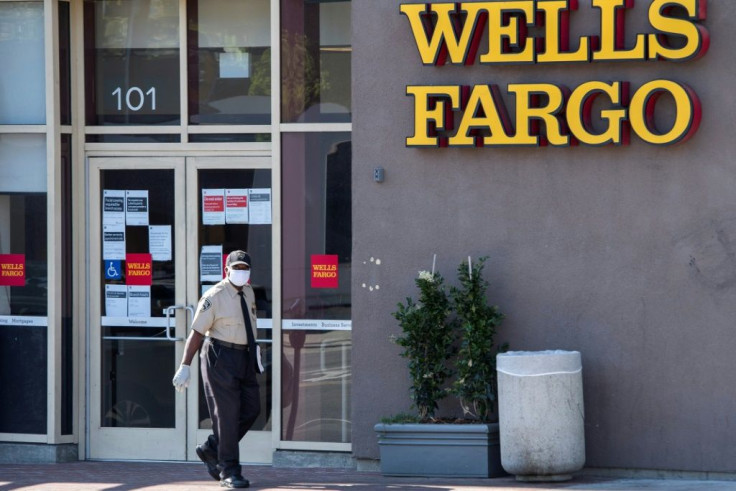US Banks Set Aside Billions As Buffer Against Bad Loans
Three major US banks have set aside an additional $23 billion as a backstop against bad loans, highlighting the brittle state of the US economy due to the coronavirus pandemic, the companies said Tuesday.
Even amid gradual signs of a rebound as businesses reopen, the measures to contain COVID-19 have caused a devastating hit and millions of lost jobs in the world's largest economy. That has raised fears companies will find it hard to pay their debts and households will not be able to pay their home mortgages, car loans and credit cards.
The three banks suffered a collective hit of $5 from bad loans in the latest quarter, and while executives said they hoped that would mark the deepest hit from credit issues, they acknowledged that health of the loans depends on the evolution of COVID-19.
The virus cases and death toll have worsened in the US since the June 30 end of the quarter, leading officials in California, Texas and other states to revive restrictions after reopening their economies.
"The pandemic has a grip on the economy and it doesn't seem likely to loosen until vaccines are widely available," said Citigroup Chief Executive Michael Corbat.

Corbat said consumer spending in states with bad COVID-19 trends had declined somewhat in recent weeks, but not as much as in the "darkest days" earlier in the spring.
JPMorgan Chase beefed up its reserves with another $8.9 billion, more than the backstop in the first quarter, as now expects a more "protracted" economic recovery, Chief Financial Officer Jennifer Piepszak said.
JPMorgan Chief Executive Jamie Dimon said the bank was "prepared for all eventualities as our fortress balance sheet allows us to remain a port in the storm."
Meanwhile, Citigroup added $5.6 billion in reserves also due to "deterioration" of the outlook, as well as downgrades in loan quality due to the virus, the bank said in a statement.
And Wells Fargo put another $8.4 billion in reserves in the second quarter, pointing to the "unprecedented" nature of the pandemic.
The reserve increases led to steep drops in profits at JPMorgan and Citigroup, although the banks benefitted from improvements in some divisions, such as trading.

However, Wells Fargo reported a loss of $2.4 billion, compared with $6.2 billion in profits in the year-ago period. The bank, which unlike the others does not have major trading division, said it was cutting its dividend to 10 cents a share from 51 cents.
Wells Fargo Chief Executive Charlie Scharf said the bank is "extremely disappointed" in the decision, but "Our view of the length and severity of the economic downturn has deteriorated considerably from the assumptions used last quarter."
At JPMorgan, net income fell 51 percent to $4.7 billion, translating into earnings-per-share that topped analyst forecasts. Revenues jumped 15 percent to $33.8 billion, its highest ever for a quarter.
While the bank reported a loss in consumer and commercial banking, it garnered a big profit increase in its corporate and investment bank division, while trading revenues soared amid volatility in financial markets.
Conditions in May and June were eased by a flood of government funding, but while the bank expects more stimulus will be forthcoming, that is not certain, Piepszak said in a conference call with reporters. And the bank expects double-digit US unemployment to persist through the middle of 2021.
At Citigroup, net income fell 73 percent to $1.3 billion, while revenues rose five percent to $19.8 billion, boosted by higher revenues in its institutional clients group that offset a decline in consumer banking.
Wells Fargo said its exposure included loans tied to problem industries such as oil and gas, real estate and entertainment recreation.
Shares of JPMorgan rose 0.3 percent to $98.01 in midday trading, while Citigroup fell 2.2 percent to $51.09 and Wells Fargo slumped 4.6 percent to $24.26.
© Copyright AFP 2024. All rights reserved.





















